BE THE FIRST TO GET PRODUCT UPDATES
Get notified about new features & special offers......
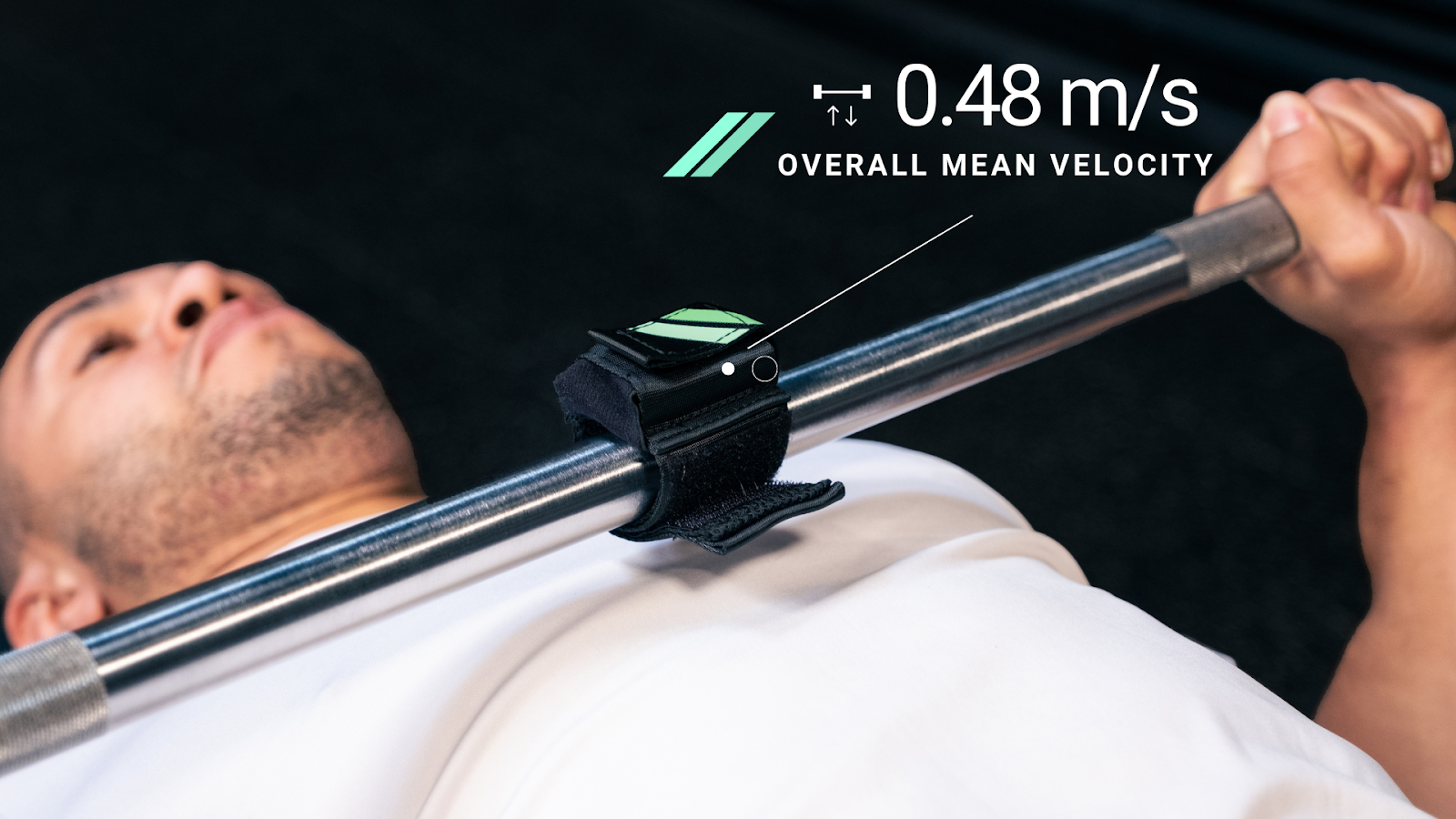
That’s exactly what a barbell velocity tracker does — also known as a velocity-based training (VBT) device.
These tools measure how fast the barbell moves during a lift. That speed is closely linked to power output, fatigue, and effort. For coaches, this means less guesswork, clearer feedback, and more control over training.
More professional teams, colleges, private facilities, and individual coaches are using barbell velocity trackers to improve intent, adjust loads, and track progress in a way that goes beyond simply lifting heavier weights.
This article explains what a barbell velocity tracker is, why bar speed matters, and how it can help you get better results from the training process.
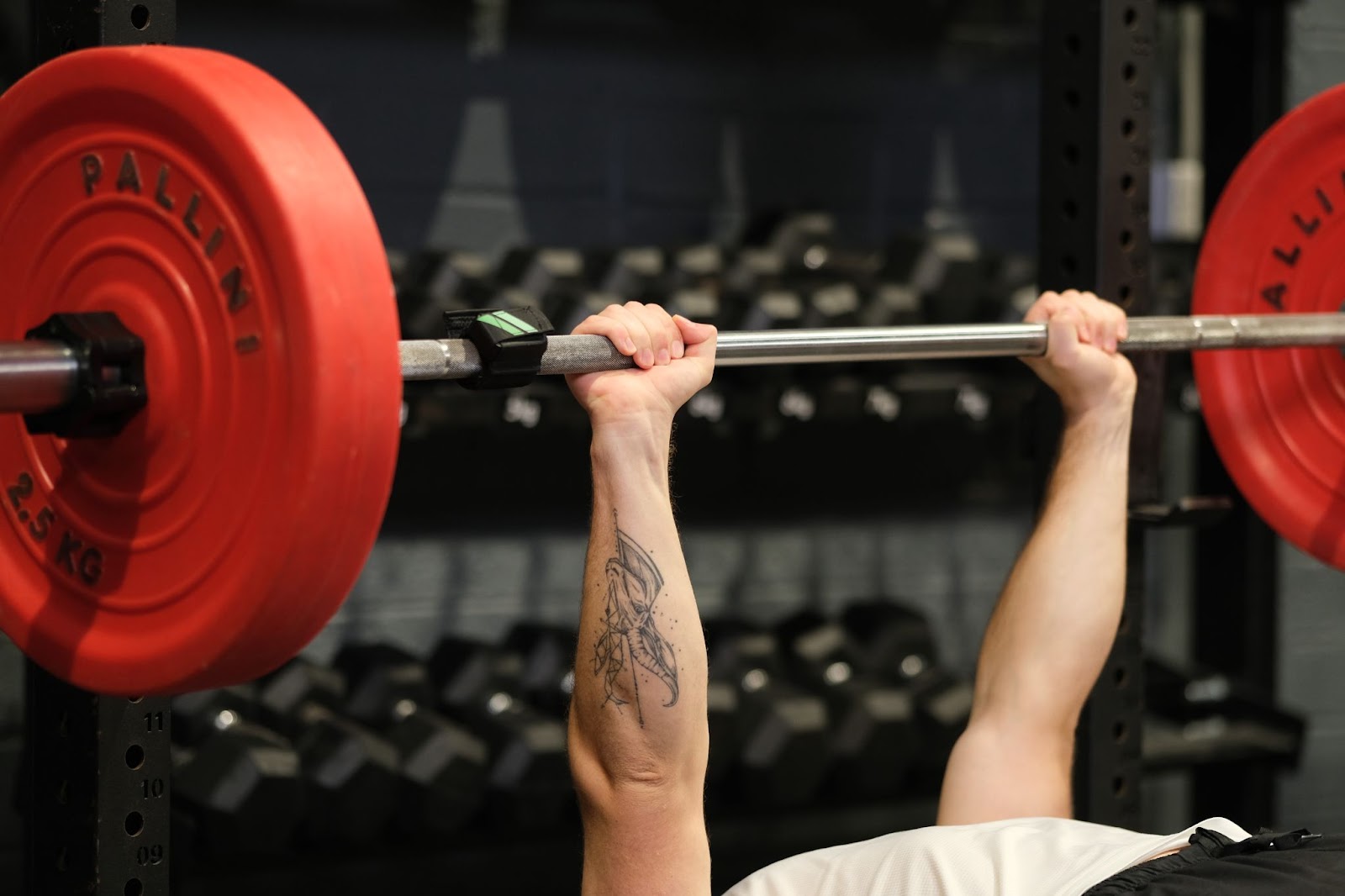
A barbell velocity tracker is a small device that measures how quickly a barbell moves during a lift. It may also be called a bar speed tracker, barbell speed tracker, or velocity-based training device.
These tools use sensors, often accelerometers or inertial measurement units (IMUs) to measure the speed of each rep in meters per second. This number gives you insight into effort, fatigue, and quality of movement in real time.
By tracking bar speed, you or your athletes are no longer relying only on percentages or feel. You are measuring actual performance at the moment.
Measuring bar velocity allows coaches and athletes to train with more precision and intent. Measuring this speed is becoming increasingly popular among, while the concept is not new, velocity-based training was once limited to pro clubs, colleges, and elite facilities due to the high cost of equipment and complex setups. Now, with more accessible technology such as Output Sports, coaches and athletes at every level can apply these methods in regular training.
Tracking bar speed gives coaches and athletes:
By measuring bar velocity, coaches and athletes can make better day-to-day decisions, manage fatigue more effectively, and ensure training transfers to performance on the field or court.
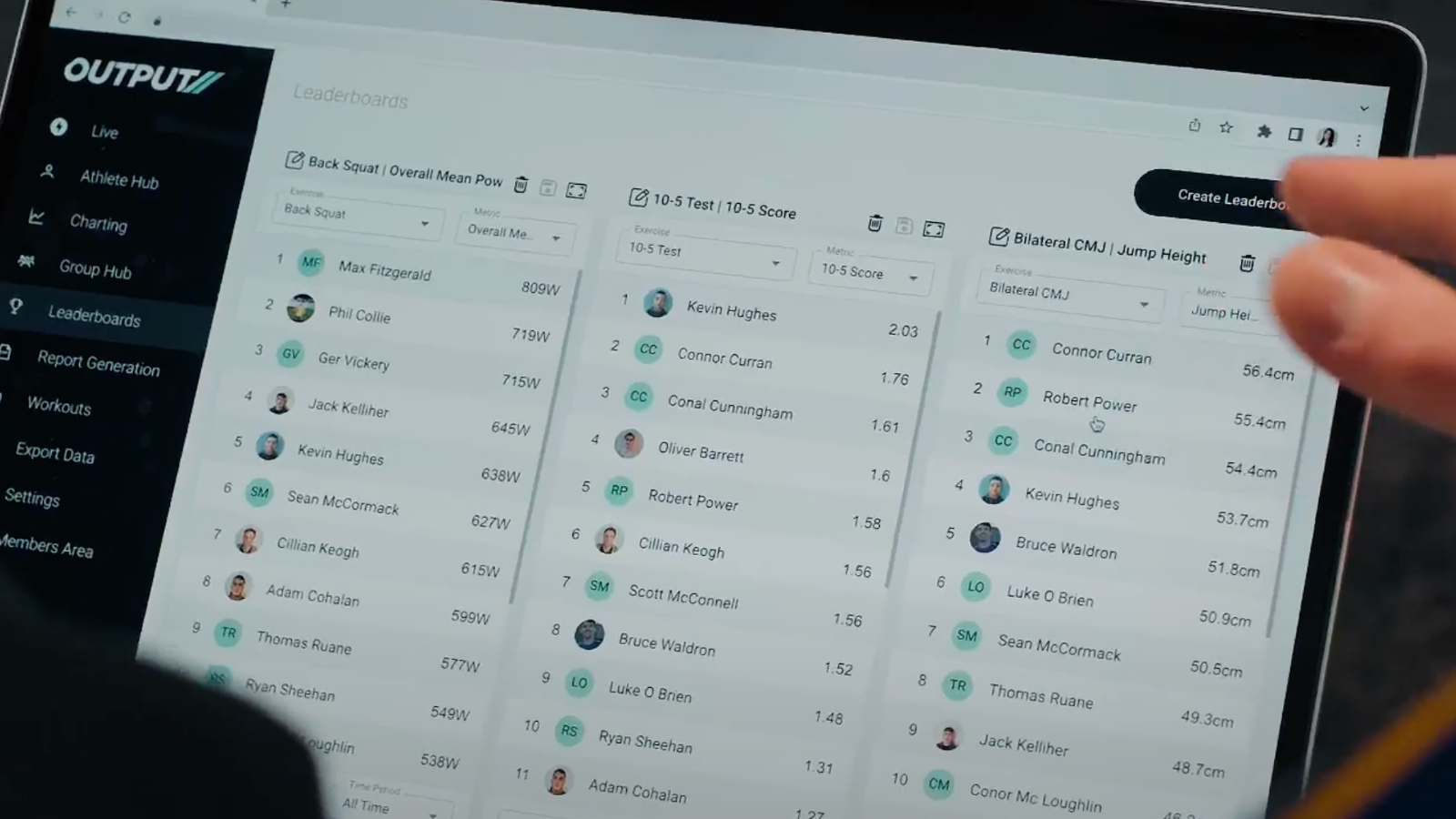
It is not just what you or your athletes do. It is how you do it.
Two people can lift the same weight for the same number of reps. One might move with intent and control, while the other just goes through the motions. That intent makes a big difference in developing speed and power.
A barbell velocity tracker shows how fast the bar is moving after every rep. When athletes see this feedback, they often try to move faster or match their previous best. This builds focus and effort into every lift.
Research shows that this kind of feedback can increase force output by up to 10 percent. More intent means better training outcomes, and bar speed is one way to help drive that.

Some training days feel great. Others do not. A barbell velocity tracker helps you see how ready your athlete is before you start pushing the session.
For example, if an athlete usually moves 60 kilograms quickly on a warm-up set, but today it looks slow, that might be a sign they are fatigued or under-recovered. Instead of following the plan exactly, you can adjust the load based on how they are moving that day.
This is often called autoregulation. It means making smart decisions based on how someone is performing in real time, not just what the spreadsheet says.
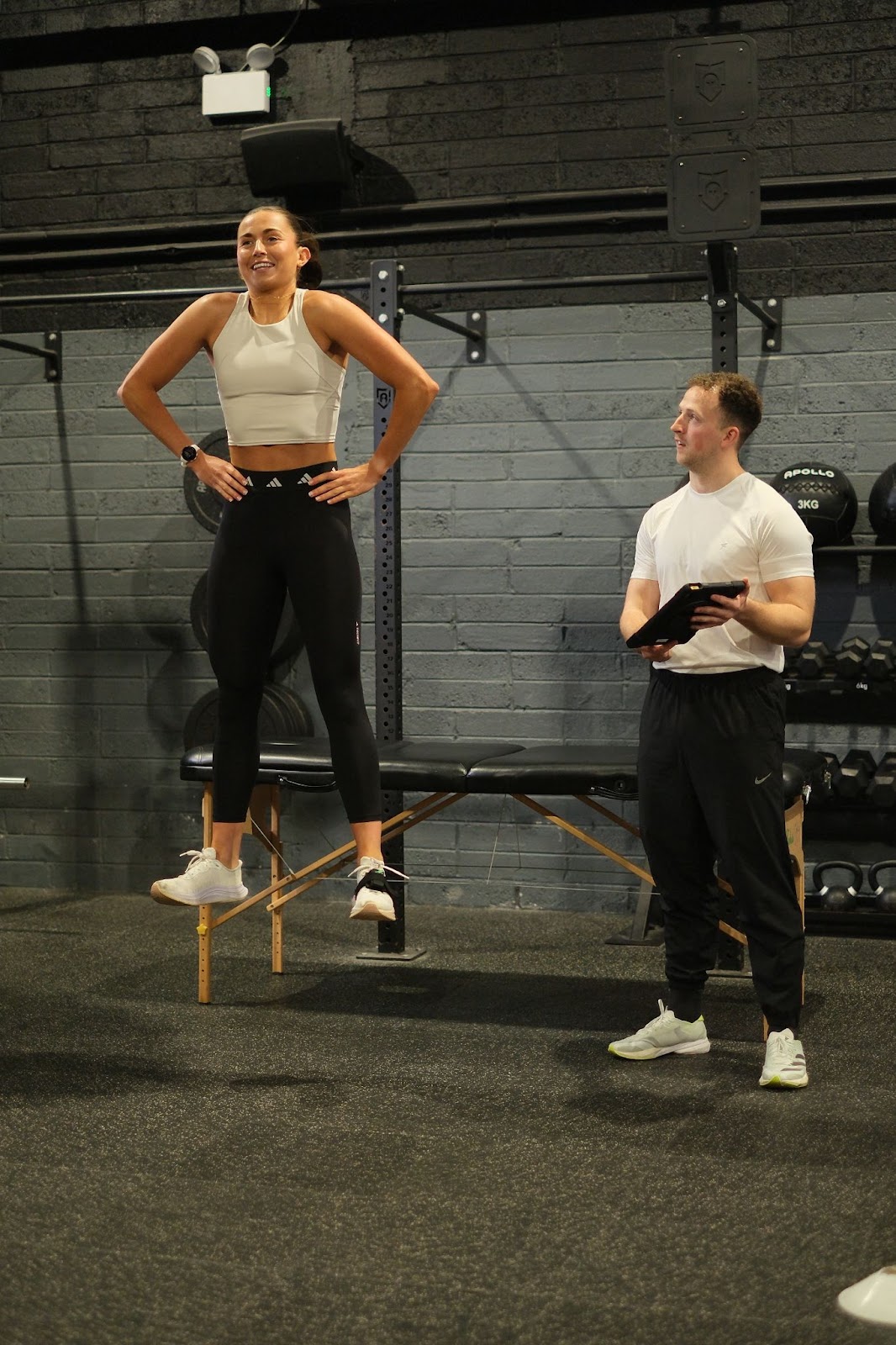
Fatigue is part of training. But too much of it can reduce movement quality, increase injury risk, and make recovery harder.
A velocity tracker helps you manage this by showing how bar speed changes during a set. If the first rep moves at 0.80 meters per second and later reps slow to 0.64, that is a 20 percent drop in speed. In many cases, this is a good point to end the set.
This method is called using a velocity loss threshold. You can set different thresholds depending on the athlete, the exercise, or the focus of the session. It helps keep training safe and efficient.
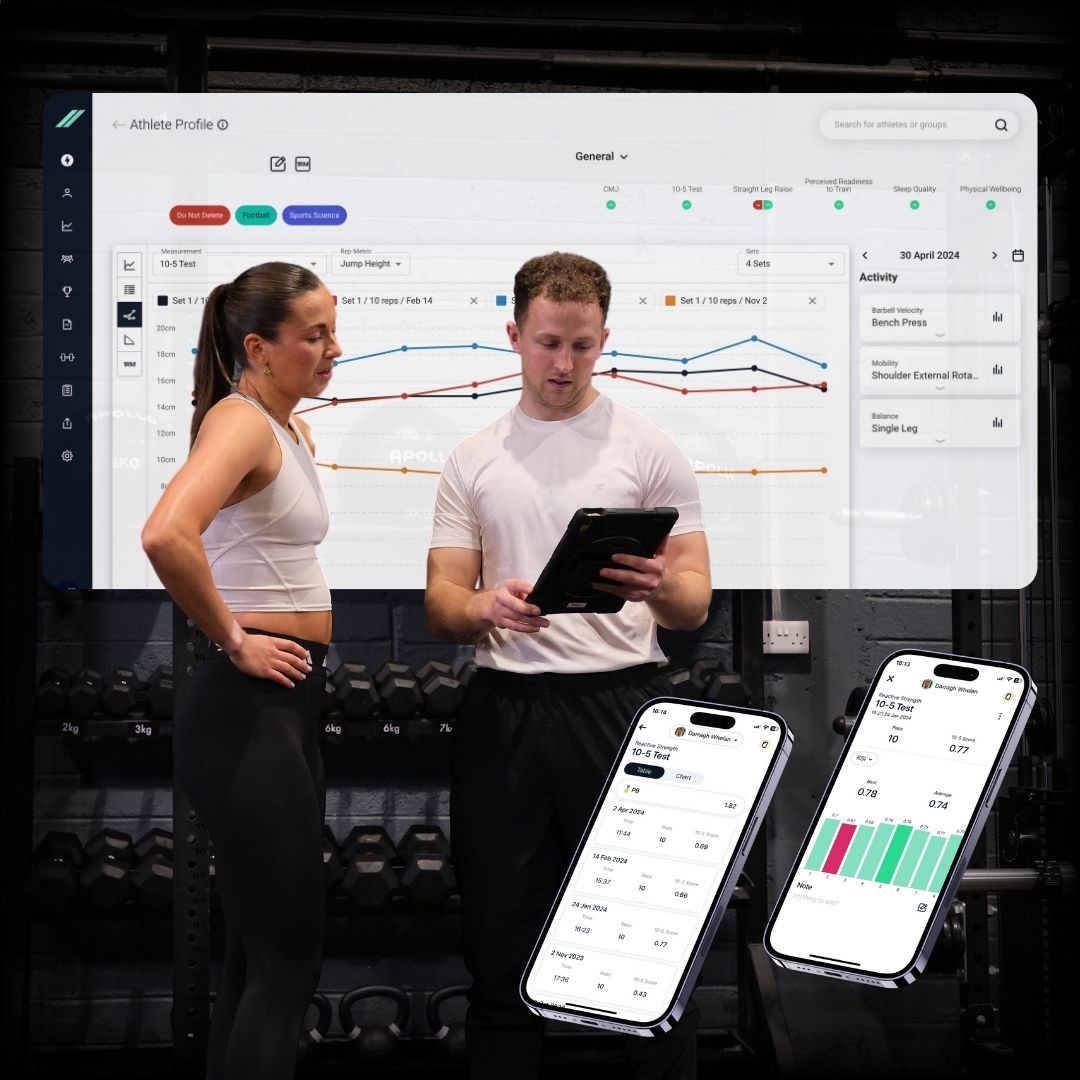
Testing a one-rep max every week is not realistic. It can be tiring, time-consuming, and in some cases unsafe. Many teams test strength every few months. But this leaves a gap in knowing whether athletes are improving during that time.
A barbell velocity tracker helps you see progress more often without needing to max out.
For example:
These signs all show improvements in strength or power, even if the load stays the same. This is especially useful during in-season periods or when athletes are returning from injury.

Barbell velocity trackers help solve common problems coaches face.
Devices like Output Sports make it easier to use velocity tracking in daily sessions. The setup is quick. Feedback is instant. You can track individuals or groups with minimal disruption.

A barbell velocity tracker or VBT device is a simple and powerful tool that helps you or your athletes:
If you want to coach with more precision, or help your athletes develop qualities that transfer to sport, bar speed is a key metric worth tracking.
Find the best barbell velocity tracker for you and your budget here: 👉 Read: Best VBT Devices 2025